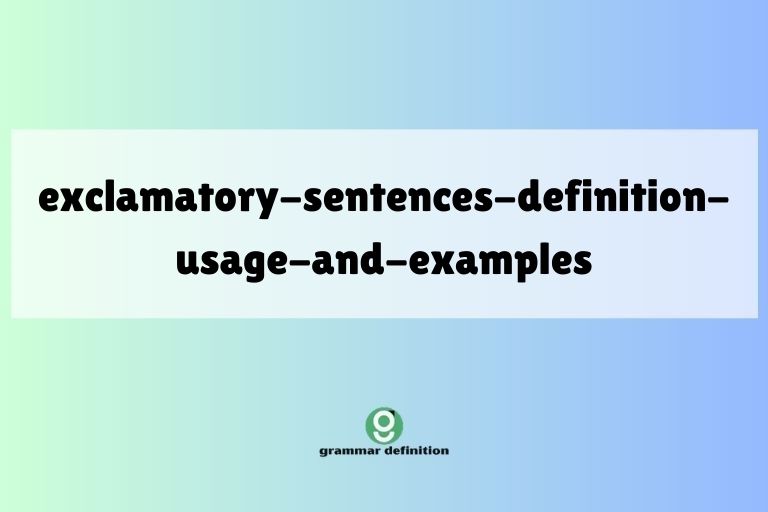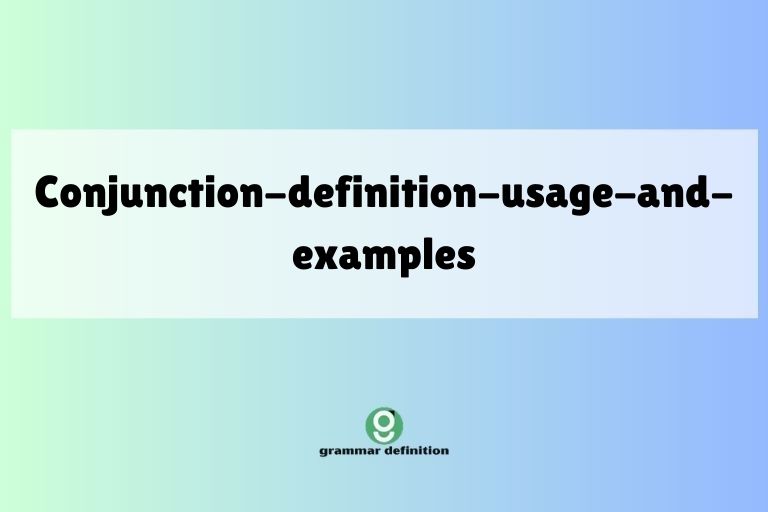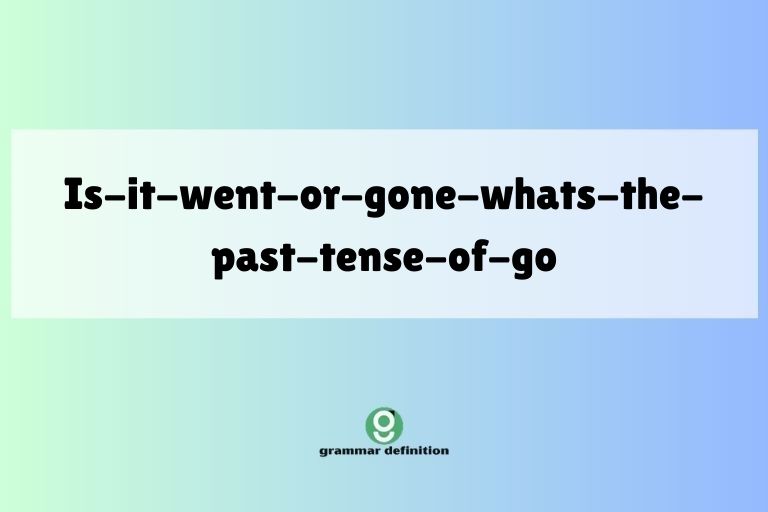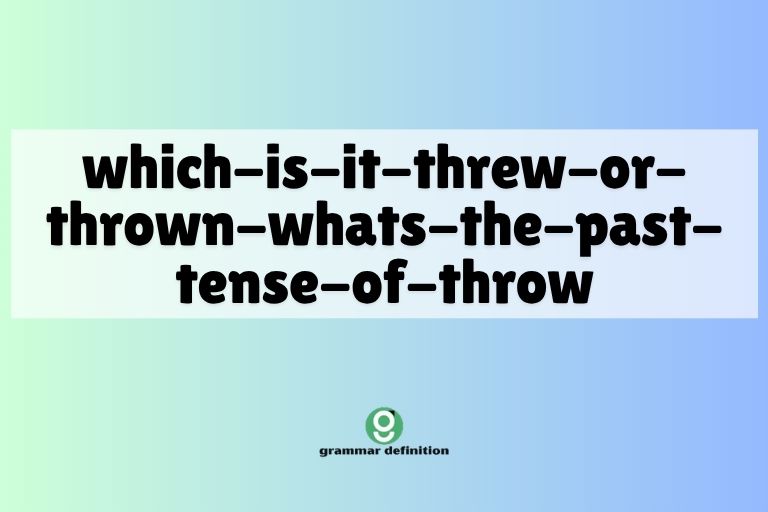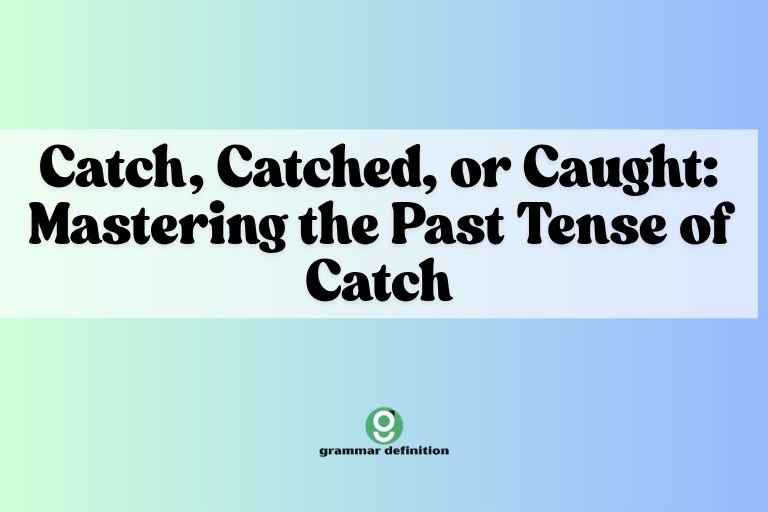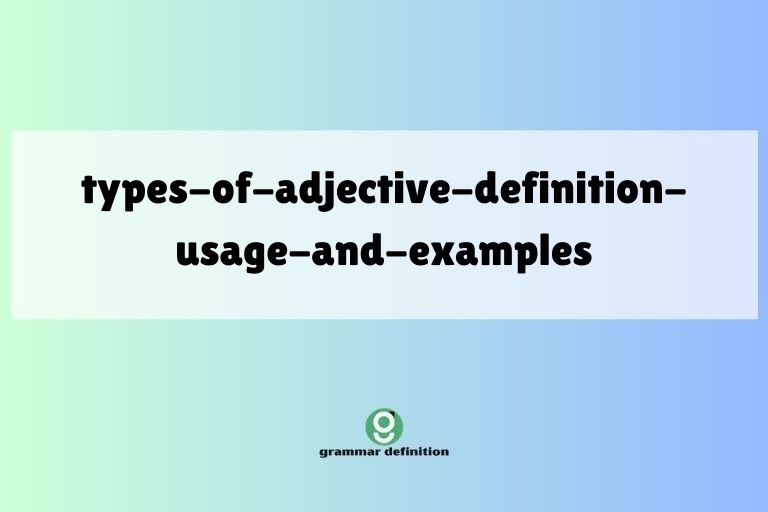Homophones vs. Homonyms vs. Homographs: Mastering Confusing Words
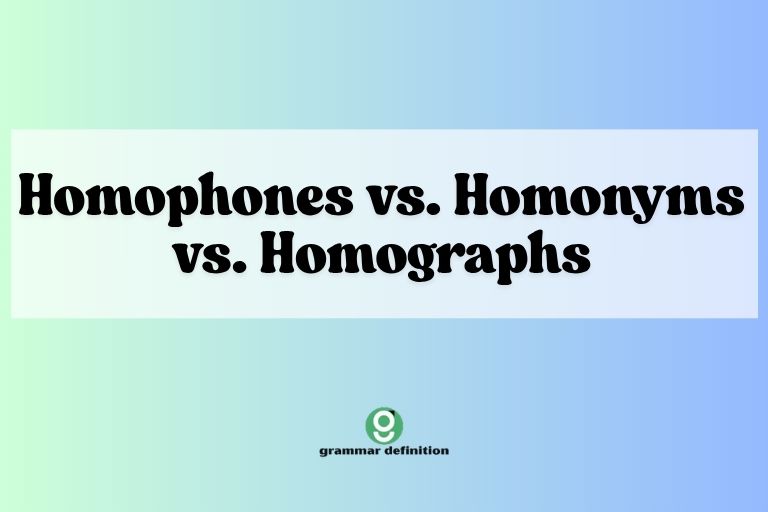
Understanding the nuances of homophones, homonyms, and homographs is crucial for effective communication in English. These words, which share similarities in either pronunciation or spelling, often cause confusion for both native and non-native speakers.
This article provides a comprehensive guide to differentiating these terms, offering clear definitions, examples, usage rules, and practice exercises. By mastering these concepts, you can significantly improve your writing accuracy and comprehension skills.
This guide is particularly beneficial for students, writers, editors, and anyone seeking to enhance their command of the English language.
This article aims to clarify these often-confused terms, providing a solid foundation for improved language skills and clear communication. Whether you are a student, a professional writer, or simply someone who wants to improve their English, this guide will equip you with the knowledge and tools to confidently navigate the world of similar-sounding and similar-looking words.
Table of Contents
- Definitions: Homophones, Homonyms, and Homographs
- Structural Breakdown
- Types and Categories
- Examples of Homophones, Homonyms, and Homographs
- Usage Rules
- Common Mistakes
- Practice Exercises
- Advanced Topics
- Frequently Asked Questions (FAQ)
- Conclusion
Definitions: Homophones, Homonyms, and Homographs
To begin, let’s define each term clearly:
- Homophones are words that sound alike but have different meanings and spellings.
- Homonyms are words that sound alike and have the same spelling but different meanings. Alternatively, some definitions state homonyms must sound alike but may or may not have the same spelling. In this case, homophones become a subset of homonyms. This article will use the former definition (same spelling, same sound, different meaning).
- Homographs are words that are spelled alike but have different meanings and may or may not sound alike.
Understanding these distinctions is essential for accurate writing and comprehension. Each type presents unique challenges and requires careful attention to context.
The table below summarizes these differences.
| Term | Pronunciation | Spelling | Meaning |
|---|---|---|---|
| Homophones | Same | Different | Different |
| Homonyms | Same | Same | Different |
| Homographs | Same or Different | Same | Different |
Structural Breakdown
The structure of these words involves analyzing their phonetic and orthographic forms. Homophones share the same phonetic structure but differ in their orthographic representation. For example, “there,” “their,” and “they’re” all sound the same but are spelled differently to convey distinct meanings. Homonyms, on the other hand, possess identical phonetic and orthographic structures but diverge in meaning, such as the word “bank,” which can refer to a financial institution or the edge of a river. Homographs share the same orthographic structure but may or may not have the same phonetic structure, and they always have different meanings, like “tear” (a drop of liquid from the eye) and “tear” (to rip something).
Analyzing the context in which these words are used is crucial to determine their intended meaning. The surrounding words and the overall sentence structure provide clues that help differentiate between the various possibilities.
For example, in the sentence “I went to the bank to deposit money,” the word “bank” clearly refers to a financial institution. However, in the sentence “I sat on the bank of the river,” the word “bank” refers to the edge of the river.
Moreover, the grammatical role of the word can also provide valuable information. For instance, if a word is used as a verb, it is likely to have a different meaning than if it is used as a noun.
Consider the word “present,” which can be a noun (a gift) or a verb (to introduce someone). Recognizing the grammatical function of the word can help narrow down the possible meanings and improve comprehension.
Types and Categories
Types of Homophones
Homophones can be categorized based on the degree of similarity in their pronunciation. Some homophones sound exactly alike, while others have subtle differences in pronunciation due to regional accents or variations in speech patterns.
Here are some common categories:
- Perfect Homophones: These words sound exactly the same, regardless of regional accent. Examples include “see” and “sea,” or “to,” “too,” and “two.”
- Near Homophones: These words sound very similar but may have slight differences in pronunciation depending on the speaker’s accent or dialect. Examples include “pin” and “pen” (often indistinguishable in some dialects).
Understanding these categories can help you recognize and differentiate between homophones more effectively. Paying attention to the context and the surrounding words will further aid in determining the intended meaning.
Types of Homonyms
Homonyms are generally categorized based on their etymological origins and the relationship between their meanings. Here are some common categories:
- True Homonyms: These words have the same spelling and pronunciation but are unrelated in origin and meaning. Examples include “bat” (a nocturnal animal) and “bat” (a piece of equipment used in sports).
- Polysemes: These words have the same spelling and pronunciation, and their meanings are related. The meanings have evolved from a common root. Examples include “bright” (shining) and “bright” (intelligent).
Distinguishing between true homonyms and polysemes requires understanding the historical development of the language and the evolution of word meanings. Etymological dictionaries and linguistic resources can provide valuable insights into the origins and relationships between words.
Types of Homographs
Homographs are categorized based on whether they are also homophones. This distinction is crucial for understanding how these words function in different contexts.
Here are the primary categories:
- Homographic Homophones: These words are both spelled and pronounced the same but have different meanings (i.e., they are also homonyms). An example is “bank” (financial institution) and “bank” (riverbank).
- Heteronyms: These words are spelled the same but pronounced differently and have different meanings. Examples include “tear” (a drop of liquid from the eye, pronounced /tɪər/) and “tear” (to rip something, pronounced /tɛər/).
Recognizing whether a homograph is also a homophone or a heteronym is essential for correct pronunciation and interpretation. Pay close attention to the context and the surrounding words to determine the appropriate pronunciation and meaning.
Examples of Homophones, Homonyms, and Homographs
The following tables provide extensive examples of homophones, homonyms, and homographs, illustrating the different ways these words can be used in sentences.
Homophone Examples
The table below provides numerous examples of homophones, highlighting the different spellings and meanings of words that sound alike.
| Homophone 1 | Homophone 2 | Homophone 3 (if applicable) | Example Sentence |
|---|---|---|---|
| there | their | they’re | They’re going to put their books over there. |
| to | too | two | I am going to the store, too, to buy two apples. |
| see | sea | I can see the sea from here. | |
| hear | here | Can you hear me over here? | |
| know | no | I know that you have no money. | |
| new | knew | I knew I needed a new car. | |
| one | won | He won the race by one second. | |
| pair | pear | I ate a pear and then bought a new pair of shoes. | |
| son | sun | My son loves to play in the sun. | |
| four | for | fore | This gift is for you; it cost four dollars, not a penny fore or aft. |
| ate | eight | I ate eight cookies. | |
| buy | by | bye | I will buy a gift by the store before I say bye. |
| cell | sell | They will sell the cell phone. | |
| cent | scent | sent | I sent him a letter with a nice scent, which cost one cent. |
| hour | our | Our meeting will last one hour. | |
| I | eye | I hurt my eye. | |
| idle | idol | He is an idle person, but he treats me like an idol. | |
| in | inn | We stayed in an inn. | |
| knight | night | The knight rode through the night. | |
| male | The mail is for male persons only. | ||
| meat | meet | I will meet you for meat. | |
| peace | piece | I want a piece of the peace pie. | |
| plain | plane | The plain was bumpy on the plane. | |
| right | write | I will write to say that you are right. | |
| road | rode | I rode my bike on the road. |
Homonym Examples
The following table provides a detailed look at homonyms, words with the same spelling and pronunciation but different meanings.
| Homonym | Meaning 1 | Meaning 2 | Example Sentence 1 | Example Sentence 2 |
|---|---|---|---|---|
| bank | Financial institution | Edge of a river | I deposited money in the bank. | We sat on the bank of the river. |
| bat | Nocturnal animal | Equipment in sports | A bat flew out of the cave. | He swung the bat and hit the ball. |
| bright | Shining | Intelligent | The sun is very bright today. | She is a bright student. |
| fair | Just | Light-colored | The judge made a fair decision. | She has fair skin. |
| fine | Acceptable | Penalty | The weather is fine today. | He had to pay a fine for speeding. |
| left | Opposite of right | Departed | Turn left at the corner. | He left the building. |
| mean | To signify | Nasty | What does this word mean? | Don’t be so mean to your brother. |
| present | Gift | To introduce | I received a lovely present. | I will present the award to the winner. |
| right | Correct | Direction | You are right about that. | Turn right at the intersection. |
| well | In good health | A deep hole in the ground containing water | I am feeling well today. | They drew water from the well. |
| address | Location | To speak to | What is your address? | The president will address the nation tonight. |
| air | The atmosphere | A tune | We need fresh air in this room. | The pianist played a beautiful air. |
| band | A musical group | A strip | The band played our favorite song. | She wore a band around her wrist. |
| bark | The sound a dog makes | The outer layer of a tree | The dog began to bark loudly. | The bark of the tree was rough. |
| bow | To bend at the waist | A ribbon | They bow before royalty. | She wore a bow in her hair. |
| check | To examine | A bank draft | Please check your work. | I wrote a check for the groceries. |
| clip | To cut | A fastener | I need to clip my fingernails. | She used a clip to hold the papers together. |
| date | A day | A fruit | What is the date today? | I love to eat dates. |
| drop | To fall | A small amount | Don’t drop the glass. | Add a drop of vanilla. |
| express | To state | Fast | Express your feelings. | Take the express train. |
Homograph Examples
The following table provides examples of homographs, words that share the same spelling but have different pronunciations and meanings.
| Homograph | Pronunciation 1 | Pronunciation 2 | Meaning 1 | Meaning 2 | Example Sentence 1 | Example Sentence 2 |
|---|---|---|---|---|---|---|
| tear | /tɪər/ | /tɛər/ | Drop of liquid from the eye | To rip | A tear rolled down her cheek. | Be careful not to tear the paper. |
| lead | /liːd/ | /lɛd/ | To guide | A heavy metal | I will lead the way. | Lead is a toxic material. |
| read | /riːd/ | /rɛd/ | To look at and understand written words | Past tense of read | I love to read books. | I read the book yesterday. |
| close | /kloʊz/ | /kloʊs/ | To shut | Near | Please close the door. | The store is very close to my house. |
| minute | /ˈmɪnɪt/ | /maɪˈnjuːt/ | Unit of time | Extremely small | Wait just a minute. | The details are minute. |
| bow | /baʊ/ | /boʊ/ | To bend at the waist | Front of a ship | They bow before the queen. | The ship had a strong bow. |
| present | /ˈprɛzənt/ | /prɪˈzɛnt/ | A gift | To introduce | I received a lovely present. | I will present the award. |
| resume | /rɪˈzjuːm/ | /ˈrɛzʊmeɪ/ | To begin again | A summary of qualifications | Let’s resume our discussion. | She sent in her resume. |
| sewer | /ˈsuːər/ | /ˈsoʊər/ | A channel for waste | One who sews | The sewer was blocked. | She is a skilled sewer. |
| wind | /wɪnd/ | /waɪnd/ | Moving air | To turn | The wind is blowing hard. | Wind the clock. |
| desert | /ˈdɛzərt/ | /dɪˈzɜːrt/ | A barren area | To abandon | The desert is very hot. | Do not desert your friends. |
| dove | /dʌv/ | /doʊv/ | A bird | Past tense of dive | The dove flew away. | He dove into the pool. |
| house | /haʊs/ | /haʊz/ | A building | To provide shelter | That is a beautiful house. | We can house the refugees. |
| project | /ˈprɒdʒɛkt/ | /prəˈdʒɛkt/ | A plan | To throw forward | That is a big project. | Project the image onto the screen. |
| row | /roʊ/ | /raʊ/ | A line | An argument | They sat in a row. | They had a big row. |
Usage Rules
Using homophones, homonyms, and homographs correctly requires careful attention to context and meaning. Here are some general rules to follow:
- Context is Key: Always consider the context in which the word is used. The surrounding words and the overall sentence structure will provide clues about the intended meaning.
- Consider the Grammatical Role: Determine whether the word is used as a noun, verb, adjective, or adverb. This will help narrow down the possible meanings.
- Proofread Carefully: Always proofread your writing to catch any errors in word usage. Pay particular attention to homophones, which are often misused due to their similar sounds.
- Use a Dictionary: When in doubt, consult a dictionary to verify the meaning and usage of a word.
Furthermore, it’s important to be aware of common exceptions and special cases. Some words may have multiple meanings that are not immediately obvious, and some homophones may be more commonly used in certain contexts than others.
Understanding regional variations in pronunciation is also crucial. Some words may be pronounced differently in different regions, which can affect whether they are considered homophones or not.
For example, the words “cot” and “caught” are pronounced the same in some American dialects but differently in others.
Common Mistakes
One of the most common mistakes is confusing homophones. Here are some examples of common errors and their corrections:
| Incorrect | Correct | Explanation |
|---|---|---|
| They’re going their. | They’re going there. | “There” indicates a place, while “their” indicates possession and “they’re” is a contraction of “they are.” |
| I want to here the music. | I want to hear the music. | “Hear” refers to the sense of hearing, while “here” indicates a location. |
| I new that already. | I knew that already. | “Knew” is the past tense of “know,” while “new” means recently made or acquired. |
| Your right! | You’re right! | “You’re” is a contraction of “you are,” while “your” indicates possession and “right” means correct. |
| It’s to late. | It’s too late. | “Too” means also or excessively, while “to” indicates direction or purpose and “two” is the number 2. |
Another common mistake is misusing homonyms or homographs without considering the context. For example, using the word “bank” to refer to a riverbank when the context clearly indicates a financial institution would be incorrect.
To avoid these mistakes, it is essential to develop a strong vocabulary and a keen eye for detail. Practice reading and writing regularly, and pay attention to the way words are used in different contexts.
Practice Exercises
Test your understanding of homophones, homonyms, and homographs with these practice exercises.
Exercise 1: Homophone Identification
Choose the correct homophone to complete each sentence.
| Question | Options | Answer |
|---|---|---|
| 1. I need to ______ the instructions carefully. | (a) read, (b) reed | (a) read |
| 2. They’re going ______ the store. | (a) to, (b) too, (c) two | (a) to |
| 3. ______ car is parked outside. | (a) Your, (b) You’re | (a) Your |
| 4. I ______ a new car last week. | (a) bought, (b) brought | (a) bought |
| 5. Can you ______ me clearly? | (a) hear, (b) here | (a) hear |
| 6. The ______ was beautiful today. | (a) seen, (b) scene | (b) scene |
| 7. I don’t ______ the answer. | (a) know, (b) no | (a) know |
| 8. He ______ the race yesterday. | (a) won, (b) one | (a) won |
| 9. She ______ the letter last night. | (a) wrote, (b) right | (a) wrote |
| 10. The ship sailed across the ______. | (a) see, (b) sea | (b) sea |
Exercise 2: Homonym Identification
Identify the two different meanings of the homonym in each sentence.
| Question | Answer 1 | Answer 2 |
|---|---|---|
| 1. I deposited money in the bank, and then I sat on the bank of the river. | Financial institution | Edge of a river |
| 2. The bright sun made me feel bright and cheerful. | Shining | Intelligent/Cheerful |
| 3. The fair decision was made at the county fair. | Just | Exhibition |
| 4. Please address the envelope and then address the audience. | Write the destination on | Speak to |
| 5. I need to check my bank account and check if the door is locked. | Examine | Verify |
| 6. The wind will wind its way through the trees. | Moving air | To turn |
| 7. It is important to present a thoughtful present. | To introduce | A gift |
| 8. The dove dove into the water. | A bird | Plunged |
| 9. The band put a band around the drum. | Musical group | Strip of material |
| 10. What does that word mean? Don’t be so mean! | To signify | Nasty |
Exercise 3: Homograph Identification
Pronounce the homograph correctly in each sentence and identify its meaning.
| Question | Pronunciation | Meaning |
|---|---|---|
| 1. A tear rolled down her cheek as she watched him tear the paper. | tear (/tɪər/), tear (/tɛər/) | Drop of liquid, to rip |
| 2. I will lead the way, but first, we need to remove the lead paint. | lead (/liːd/), lead (/lɛd/) | To guide, heavy metal |
| 3. I read the book yesterday and now I will read it again. | read (/rɛd/), read (/riːd/) | Past tense of read, to look at and understand |
| 4. They will desert us if we don’t leave this desert soon. | desert (/dɪˈzɜːrt/), desert (ˈdɛzərt/) | To abandon, a barren area |
| 5. She wanted to close the door, because she was standing too close to the fire. | close (/kloʊz/), close (/kloʊs/) | To shut, near |
| 6. I had to wind the clock, due to the strong wind outside. | wind (/waɪnd/), wind (/wɪnd/) | To turn, moving air |
| 7. The sewer was blocked, so she had to call a professional sewer. | sewer (/ˈsuːər/), sewer (/ˈsoʊər/) | A channel for waste, one who sews |
| 8. Let’s resume our discussion, and then update the resume. | resume (/rɪˈzjuːm/), resume (/ˈrɛzʊmeɪ/) | To begin again, a summary of qualifications |
| 9. The minute hand moved, showing the minute details. | minute /ˈmɪnɪt/, minute /maɪˈnjuːt/ | Unit of time, extremely small |
| 10. He saw a dove fly up, after he dove into the water. | dove (/dʌv/), dove (/doʊv/) | A bird, plunged |
Advanced Topics
For advanced learners, exploring the etymology and historical development of homophones, homonyms, and homographs can provide a deeper understanding of their nuances. Studying the evolution of word meanings and pronunciations can shed light on why these words have come to share similarities in sound or spelling.
Additionally, analyzing the use of these words in literature and poetry can reveal how they are used creatively to create puns, wordplay, and other rhetorical effects. Examining the works of famous authors and poets can provide valuable insights into the artful use of these linguistic devices.
Furthermore, exploring the cognitive processes involved in differentiating between homophones, homonyms, and homographs can be fascinating. Research in psycholinguistics and cognitive science has shown that the brain uses a variety of strategies to disambiguate these words, including contextual cues, grammatical information, and semantic associations.
Frequently Asked Questions (FAQ)
- What is the difference between a homophone and a homonym?
A homophone is a word that sounds the same as another word but has a different meaning and spelling (e.g., “there,” “their,” and “they’re”). A homonym is a word that sounds the same and is spelled the same as another word but has a different meaning (e.g., “bank” as in a financial institution and “bank” as in the edge of a river).
- What is the difference between a homonym and a homograph?
A homonym is a word that sounds the same and is spelled the same as another word but has a different meaning. A homograph is a word that is spelled the same as another word but may or may not sound the same and has a different meaning. All homonyms are homographs, but not all homographs are homonyms (e.g., “tear” pronounced /tɪər/ and “tear” pronounced /tɛər/ are homographs but not homonyms).
- Why are homophones, homonyms, and homographs so confusing?
These words are confusing because they share similarities in either sound or spelling, which can lead to errors in writing and comprehension. The context in which these words are used is crucial for determining their intended meaning, but it can sometimes be difficult to discern the correct meaning without careful attention.
- How can I improve my understanding of homophones, homonyms, and homographs?
Practice identifying these words in different contexts, use a dictionary to verify their meanings, and proofread your writing carefully. Pay attention to the surrounding words and the overall sentence structure to determine the intended meaning.
- Are there any tricks to remember the difference between these terms?
Yes, you can use mnemonics. For example, “Phone” in “homophone” reminds you that they sound the same. The “nym” in homonym comes from the Greek word for “name,” highlighting that they have the same name (spelling and sound). The “graph” in homograph refers to writing, so they have the same spelling.
- How do regional accents affect homophones?
Regional accents can significantly impact which words are considered homophones. For example, in some accents, “pin” and “pen” sound identical, making them homophones. However, in other accents, these words have distinct pronunciations and are not considered homophones. Therefore, awareness of regional variations is crucial for understanding homophones.
- Can homophones, homonyms and homographs be used for creative writing?
Absolutely! These words are often used in puns, jokes, and other forms of wordplay. Writers and poets often use them to create double meanings and add layers of complexity to their work. Understanding these words can enhance your ability to appreciate and create such literary devices.
- Are there online resources that can help me identify and understand these words?
Yes, there are many online dictionaries, thesauruses, and grammar resources that can help you identify and understand homophones, homonyms, and homographs. Many websites also offer quizzes and exercises to test your knowledge and improve your skills. Additionally, linguistic databases and etymological dictionaries can provide valuable insights into the origins and relationships between these words.
Conclusion
Mastering the distinctions between homophones, homonyms, and homographs is essential for clear and effective communication. By understanding the definitions, usage rules, and common mistakes associated with these words, you can significantly improve your writing accuracy and comprehension skills.
Remember to pay close attention to context, consider the grammatical
roles of words, and consult a dictionary when in doubt. With practice and diligence, you can confidently navigate the complexities of the English language and communicate your ideas with precision and clarity.
By continually refining your understanding and usage of these words, you not only enhance your communication skills but also deepen your appreciation for the richness and complexity of the English language. Embrace the challenge, and let the journey of mastering homophones, homonyms, and homographs be a rewarding endeavor in your linguistic pursuits.

